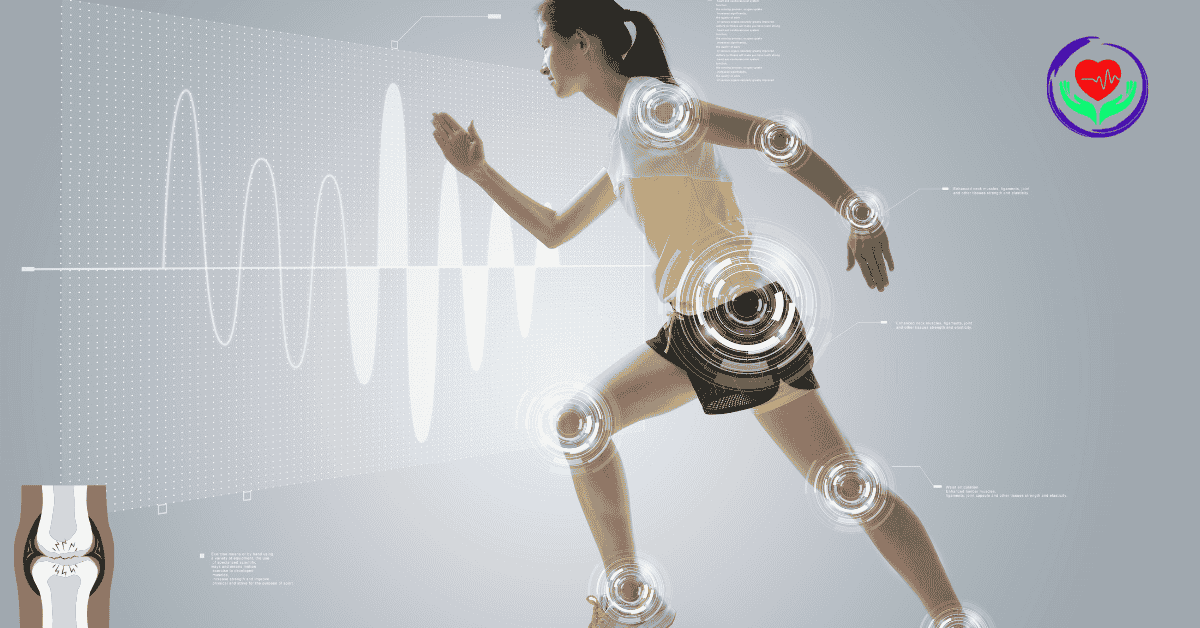ICD for DJD 2025: Guide to Degenerative Joint Disease ICD-10 Coding

ICD for DJD: A Complete 2025 Guide to Degenerative Joint Disease ICD-10 Coding
In the realms of healthcare, precision is paramount, especially when it pertains to categorizing chronic conditions like Degenerative Joint disease (DJD). A misclassified ICD-10 code could worsen or postpone the course of treatment. Reliable and accurate coding is not just a billing requirement but also a clinical necessity as the saying goes, what gets measured, gets managed.
DJD is one of the leading and frequently reported musculoskeletal disorders in the United States, highlighting the urge for updated standards to diagnose it properly.
Below is a comprehensive and organized summary of 2025 guide of ICD-10 coding for DJD, facilitating medical coders, clinicians and even patients by encompassing site specific codes, symptoms, treatments and useful tips for compliances
What is DJD (Degenerative Joint Disease)?

DJD officially known as Osteoarthritis is a deteriorative disease that results due to the wear and tear of cartilage in the joints. As time progresses, the protective cartilage that shield the ends of bones wears down, inducing pain, stiffness and decreased mobility.
Key facts about DJD:
Like many other diseases, DJD also does not develop overnight, it is a gradual process that is overlooked until the symptoms get worse.
- DJD usually affects the spine, knees and hips but rarely hands and shoulders
- It more commonly occurs in individuals over 50, however it might happen earlier due to some injury or overuse.
- Its risk factors might include heredity, obesity, prolonged stress, growing older and previous joint injuries.
ICD and its significance for DJD:
International Classification of Disease (ICD) is a worldwide coding system, to identify and classify diseases, conserved by World Health Organization (WHO) and has been adapted in US as ICD-10-CM.
Importance of ICD for DJD:
It would not be wrong if we thought ICD as the lingua Franca ofo healthcare as it serves as a standardize language that unify clinicians, coders and insurance providers.
- ICD maintains the reliable medical records
- It is crucial for processing insurance claims
- It assist researchers and healthcare professionals in tracking the occurrence of disease
- It standardizes diagnosis terminologies across healthcare facilities
ICD-10 codes for DJD:
ICD employs numerous codes considering the location and specifics of DJD. Generally, M19.90 code is used for unspecified Osteoarthiritis.
Lets decode the coding, here’s the breakdown of common codes of ICD for DJD:
| Condition | ICD-10 Code | Description |
| DJD unspecified site | M19.90 | Unspecified osteoarthritis, unspecified site |
| DJD of knee, unspecified | M17.9 | Osteoarthritis of knee, unspecified |
| DJD of spine, unspecified | M47.819 | Spondylosis without myelopathy or radiculopathy, unspecified site |
| DJD of hip, unspecified | M16.9 | Osteoarthritis of hip, unspecified |
| DJD of multiple sites | M15.9 | Polyosteoarthritis, unspecified |
ICD-10 codes for site specific DJD:
There is nothing like one-size-fits-all in ICD for DJD, it is critical to understand that how each joint is represented in ICD-10 framework.
| DJD of Knee | DJD of Spine | DJD of Hip |
| Unspecified knee: M17.9 | Cervical spine DJD: M47.812 | Unspecified hip: M16.9 |
| Primary osteoarthritis, bilateral knees: M17.0 | Lumbar spine DJD: M47.816 | Primary osteoarthritis of hip: M16.10 – M16.12 |
| Post-traumatic osteoarthritis of knee: M17.3 – M17.5 | Thoracic spine DJD: M47.814 |
ICD-10 coding guidelines for DJD 2025:
- Whenever possible, try to highlight the site and laterality (left, right, bilateral).
- Differentiate among primary and secondary osteoarthritis
- If applicable, highlight the underlying causes as well (e.g, post traumatic DJD)
- Try to avoid unspecified code, unless it’s indispensable
- Stay informed about the annual modifications to ICD-10-CM ( which are yearly introduced on 1st October in US)
Symptoms for DJD:
Understanding symptoms of DJD facilitates coders in ensuring accuracy, Although ICD coding is depends mostly on diagnosis. There are several indications of DJD:
- Persistent discomfort in the joints
- Rigidity (especially in morning)
- Inflammation and tenderness
- Reduced range of motion
- Crepitus (severe and unpleasant joint sensation)
Causes & Risk factors:
DJD gradually develops over time however few contributing factors can accelerate the degeneration of cartilage:
- Aging: Getting older tops the list of causes as it is common reason for cartilage destruction
- Obesity: Being overweight also contributes in DJD as it increases strain on joints that supports weight.
- Genetics: DJD also travel through genes, so if there is a family history of DJD, risk increases
- Past Injuries: Previous ligament splits or fractures can also speed up DJD
- Overuse: Strain from sports, workplace or prolong sitting could also be the factor
Treatment options for DJD:
Although DJD is not completely reversible but an ounce of prevention is worth a pound of cure. Early interference can delay or steer clear of surgery.
- Relief and slowing progression are the main goals of DJD treatment.
- Improving Lifestyle: Upgrading your lifestyle, doing low impact workouts and controlling weight can slow down the progression of DJD.
- Medications: NSAIDS and Corticosteroids help in reducing pain and inflammation in affected areas
- Mobility Physiotherapy: Increases the durability and mobility of joints
- Assistive Devices: Canes and Braces aids with mobility, routine tasks and relieving pain
- Surgery: In severe situations, joint replacement is often the only viable solution.
ICD-10 Coding example for DJD:
Lets bring this whole guide into perspective with a real world example, leaving no room for ambiguities.
Case:
A 62 years old patient who suffers persistent discomfort in both knees. X-rays demonstrated bilateral primary osteoarthritis. So, considering the situation ICD-10 Code is M17.0- Primary osteoarthritis, bilateral knees.
Possible Errors in coding DJD:
Perfection is a myth, coders can also fall into trap of incorrect or lazy coding. One should watch out the following:
- Using unidentified codes even though details are available
- Confusing codes of Rheumatoid Arthritis with DJD.
- Lacking secondary cause documentation
- In Orthopaedic coding, laterality is neglected
Frequently Asked Questions (FAQ’s):
Furthermore, here are answers of few most commonly misinterpreted aspects of ICD for DJD in 2025.
Q) What is the unspecified DJD ICD-10 code?
Ans) M19.90- unknown osteoarthritis, unknown location
Q) Whether Osteoarthritis has same codes as DJD in ICD-10 ?
Ans) Yes, both are same.
Q) How many times ICD-10 codes are updated in a year ?
Ans) ICD-10 codes are updated only once in a year, on 1st October.
Q) Do insurance claims are impacted by ICD Codes ?
Ans) Definitely, Claims may be denied or delayed due to inappropriate coding.
Call to Action:
ICD coding is the cornerstone of proper diagnosis, treatment and reimbursement. So, whether you are a coder, provider or a patient, stay informed, stay precise and make sure that every joint pain has the right “code” behind it.



